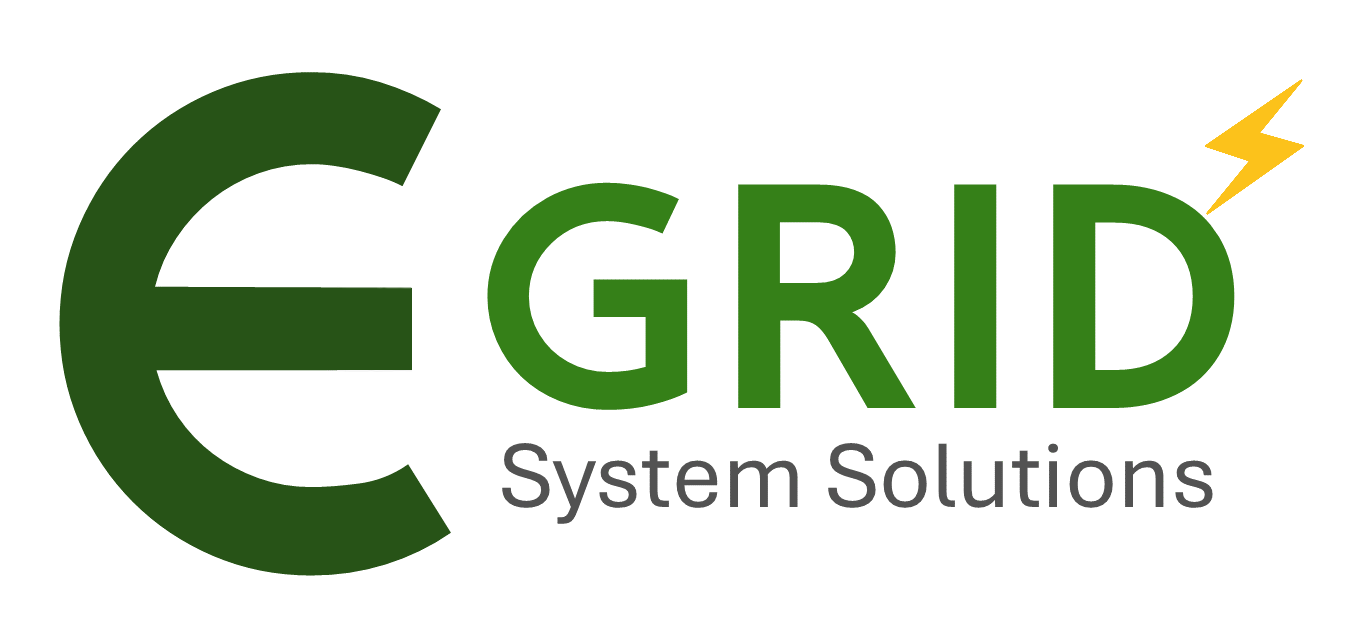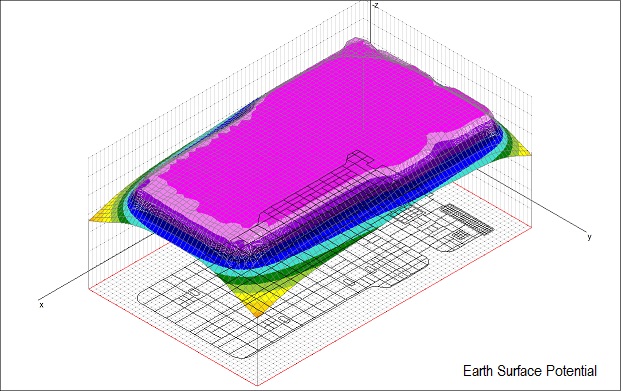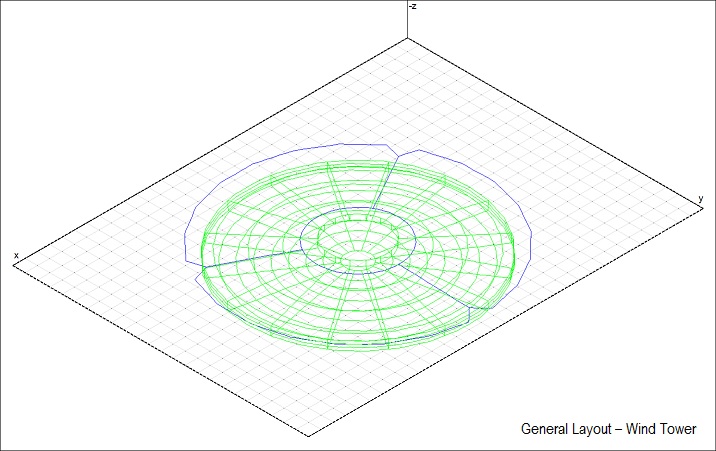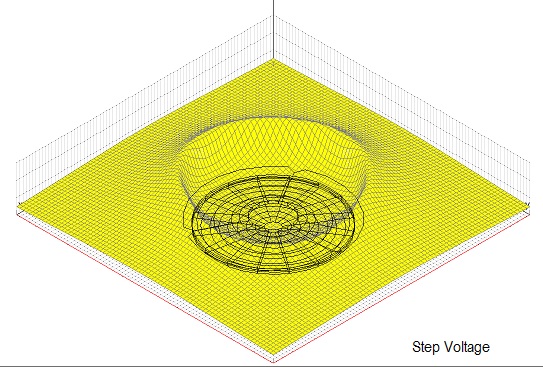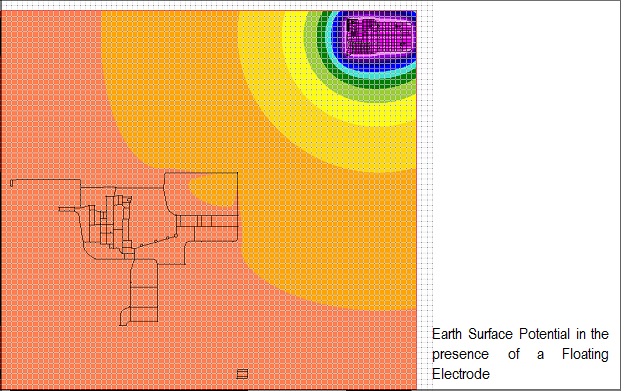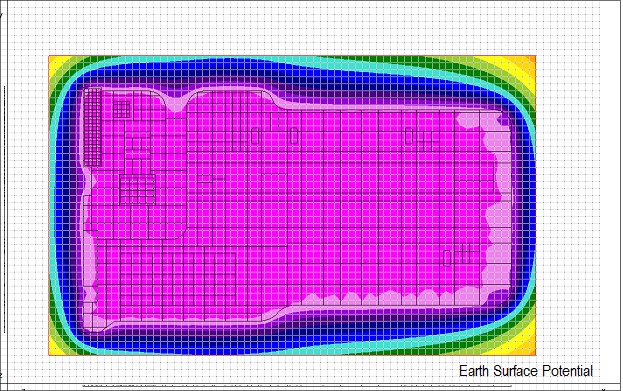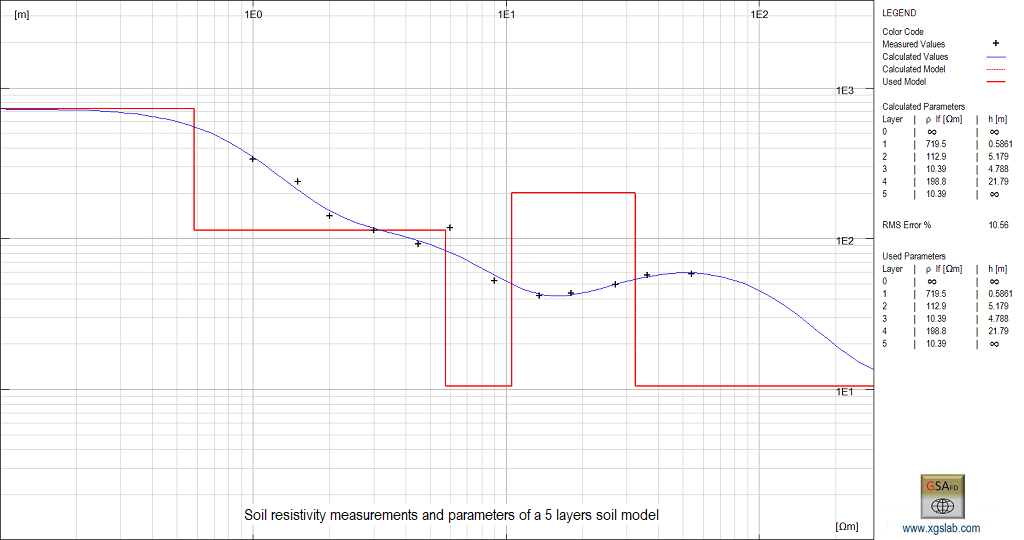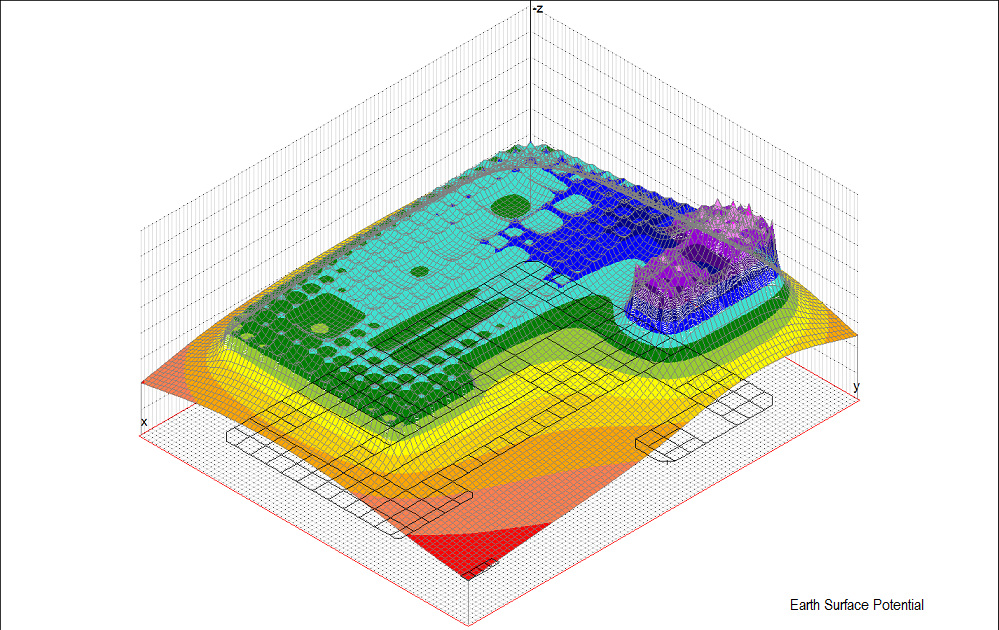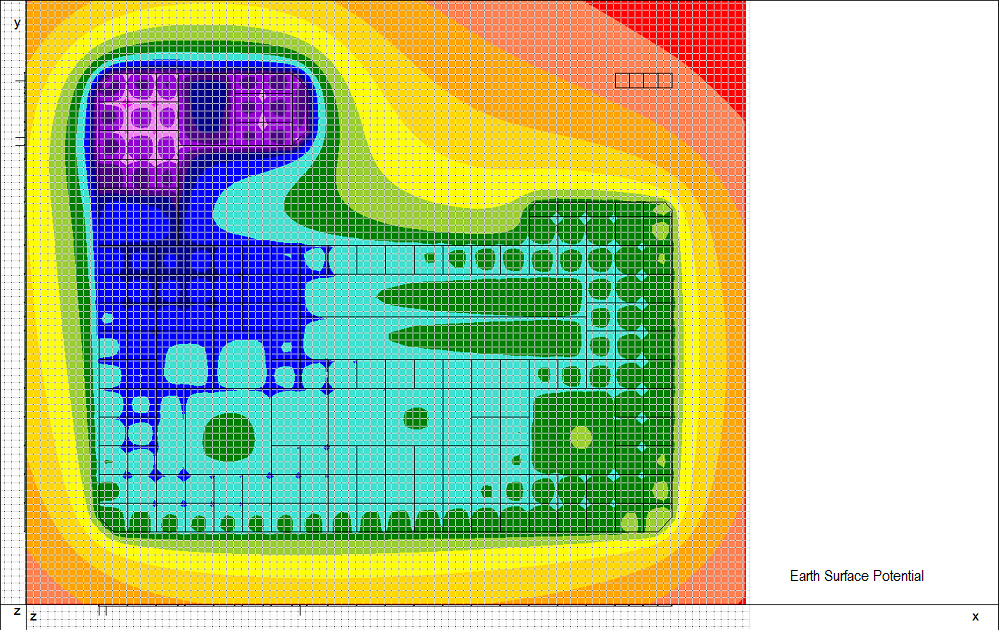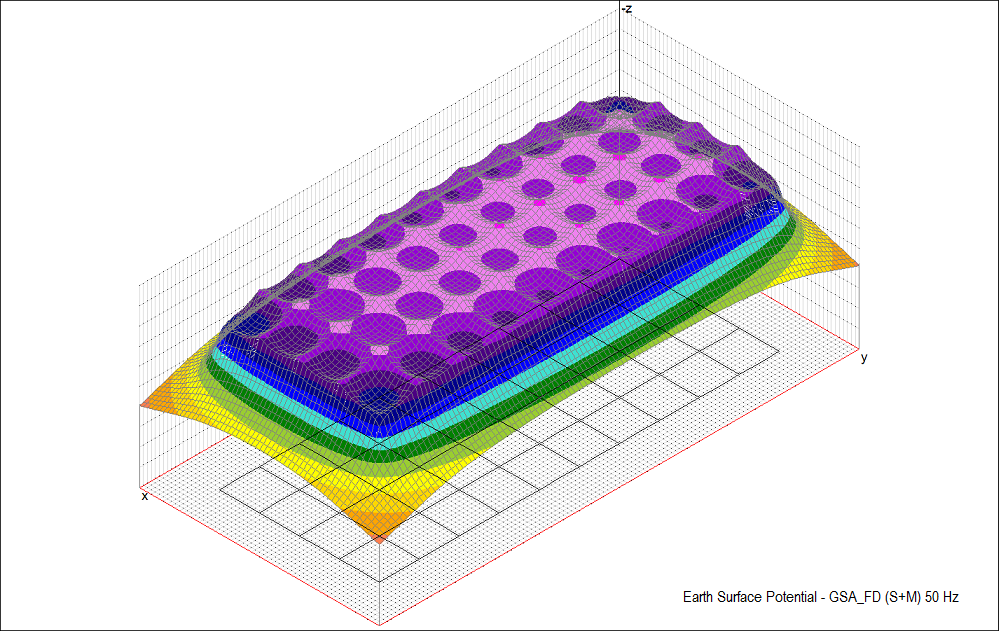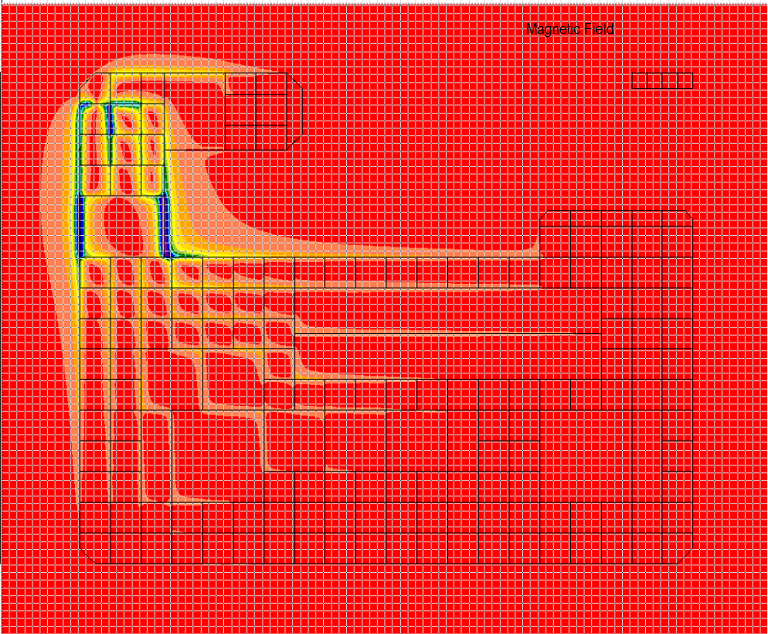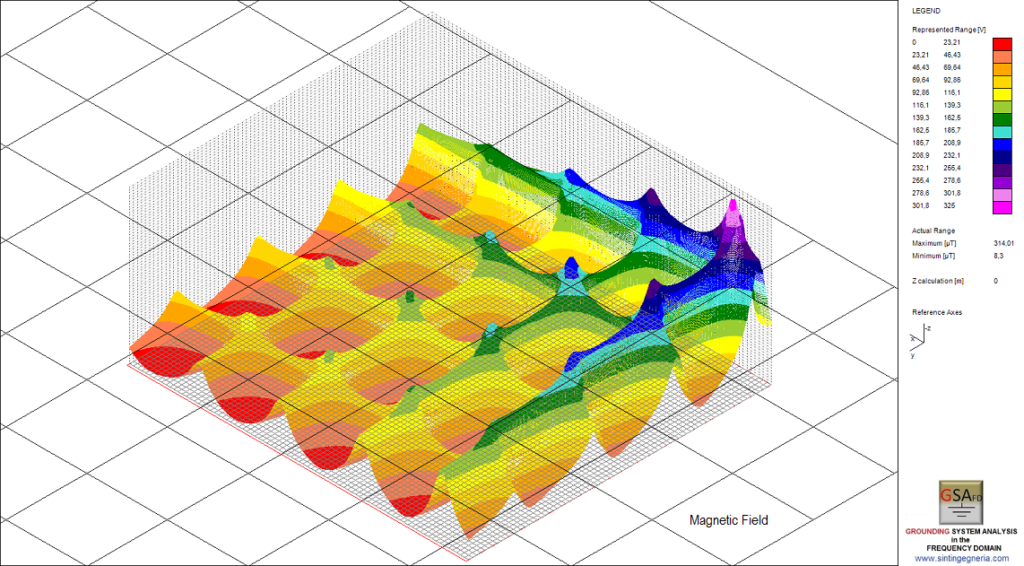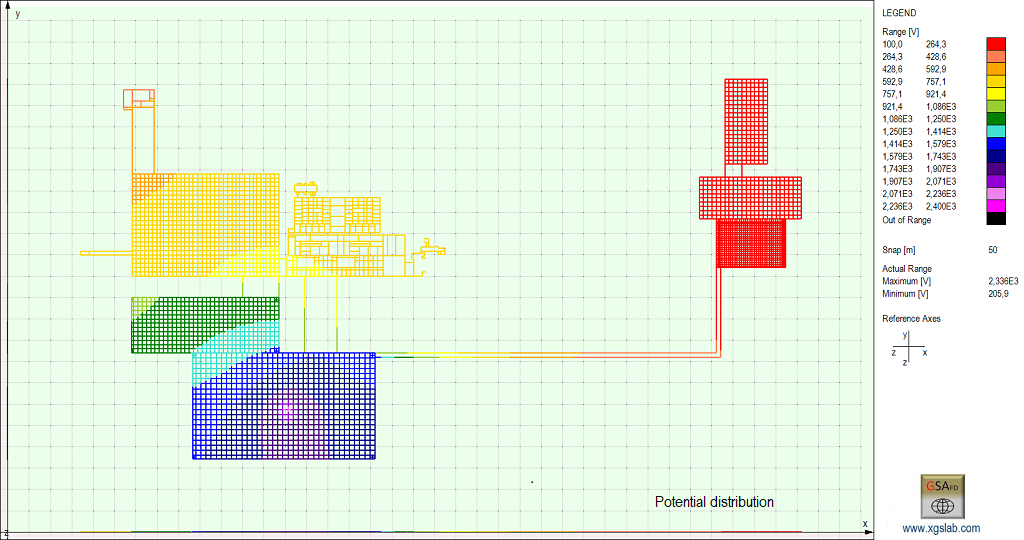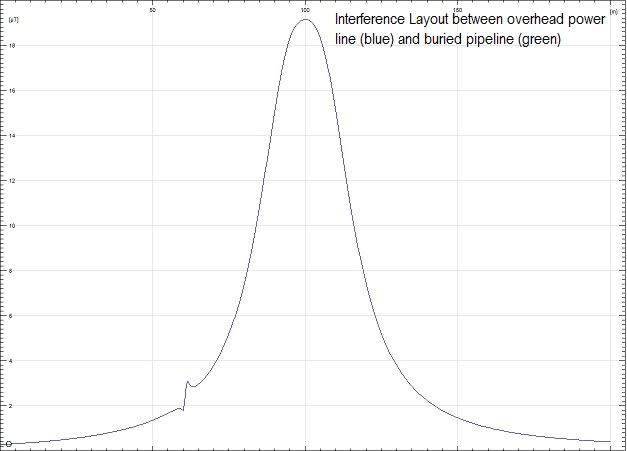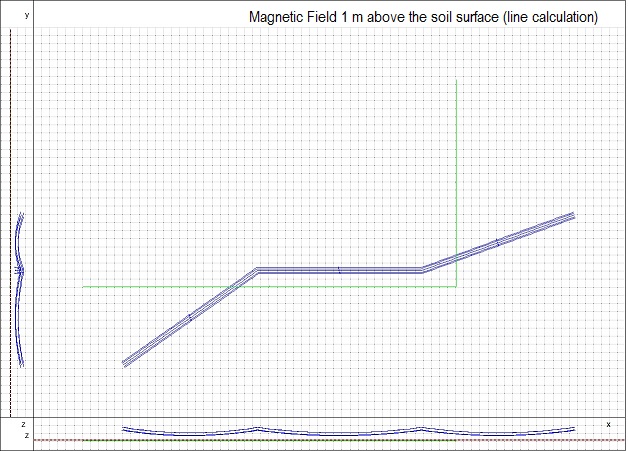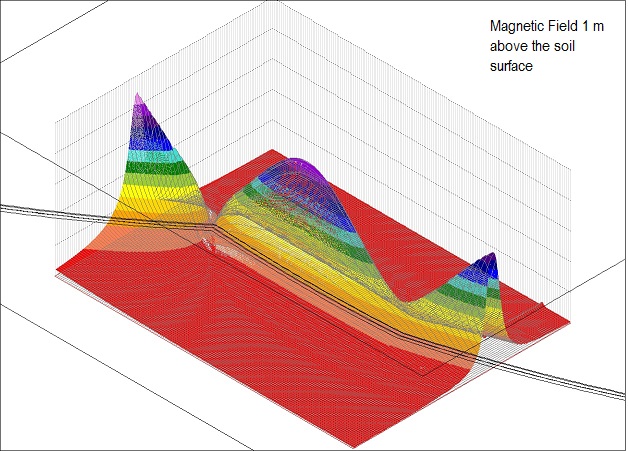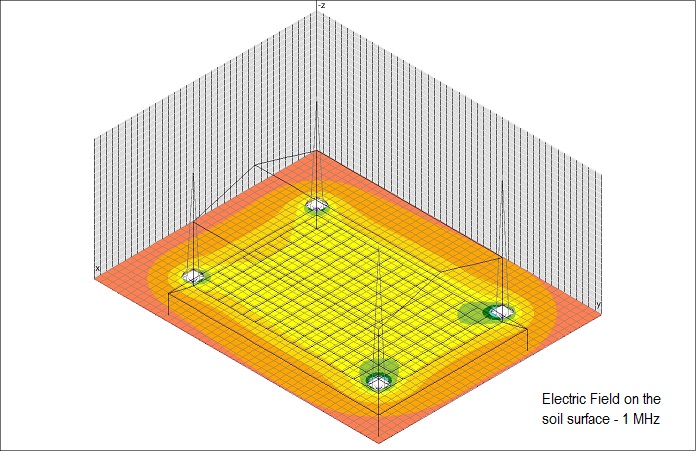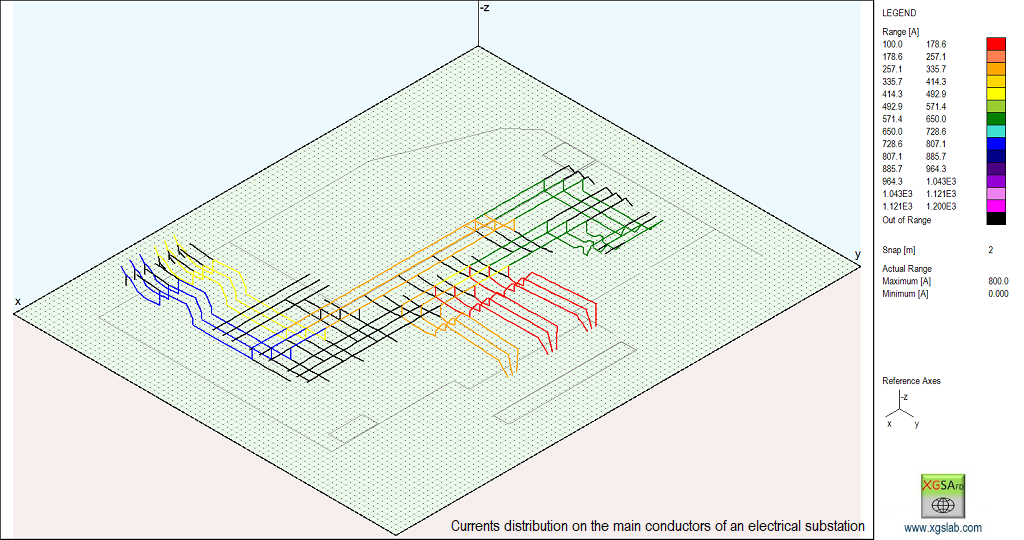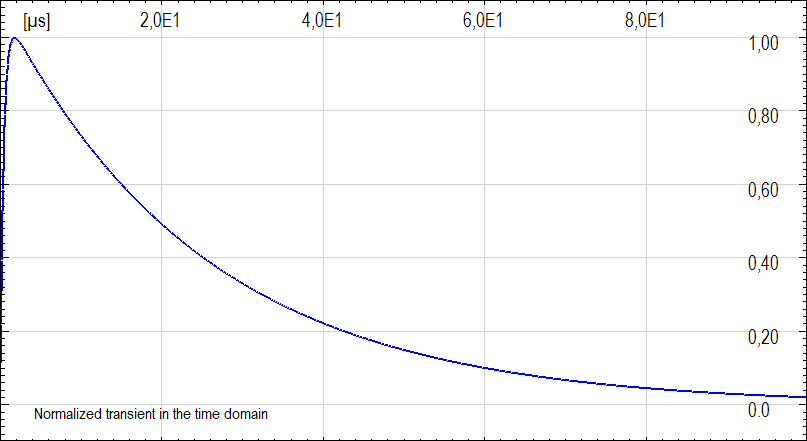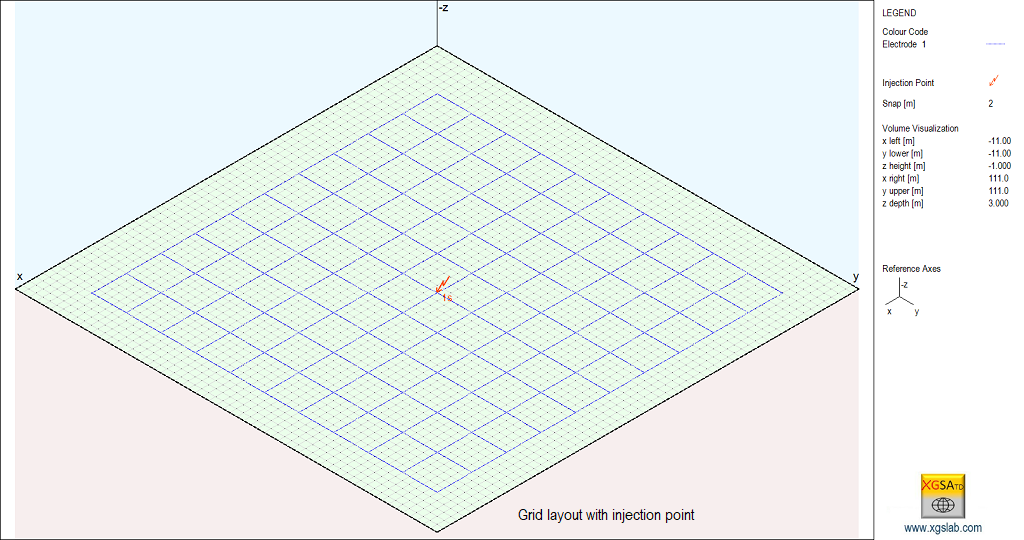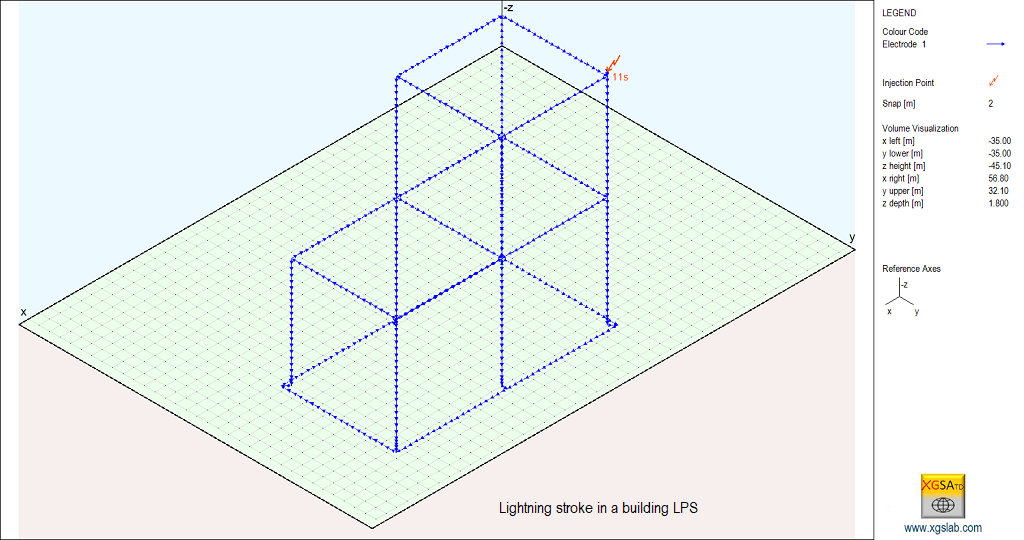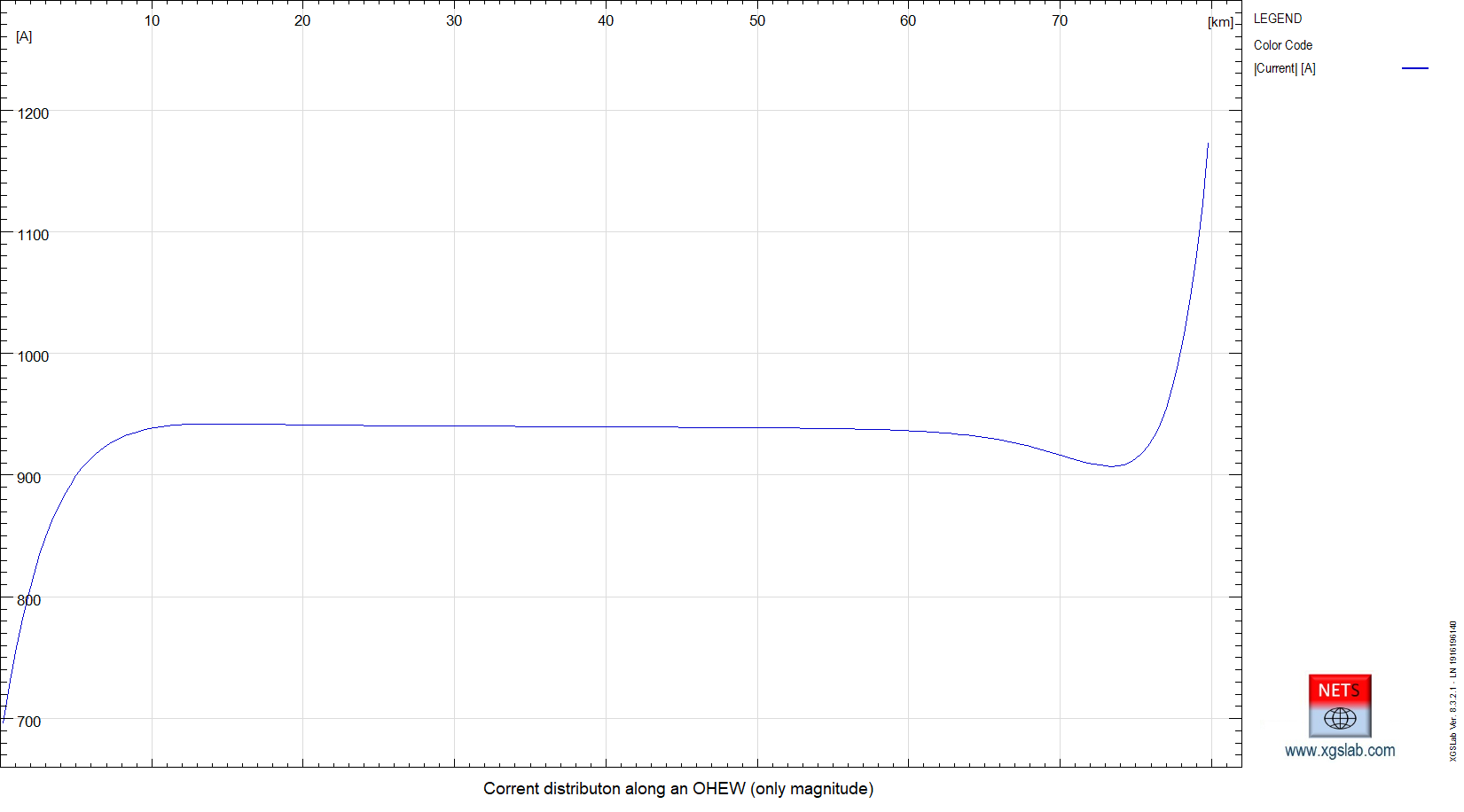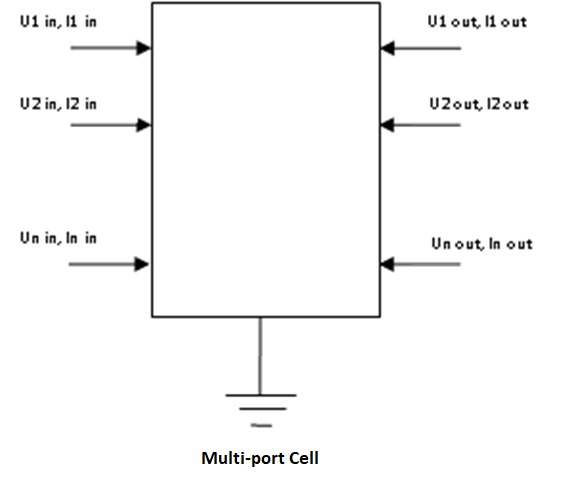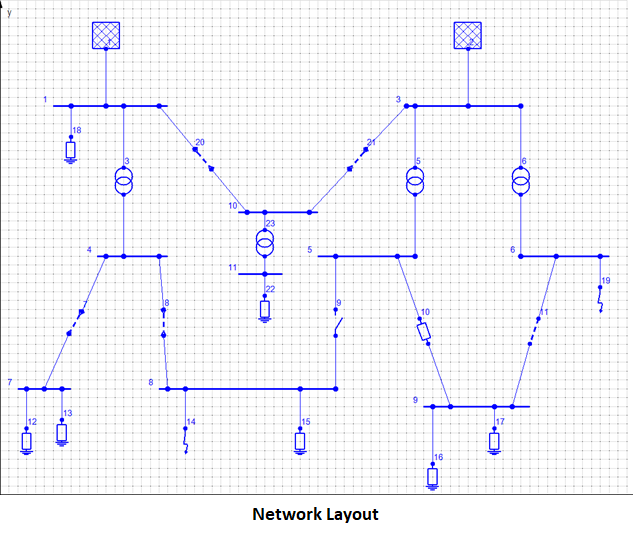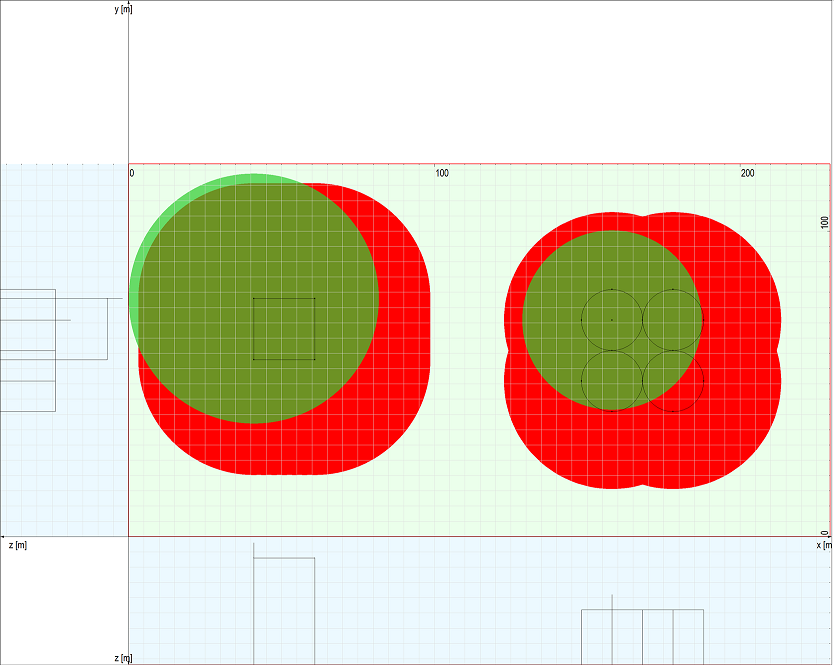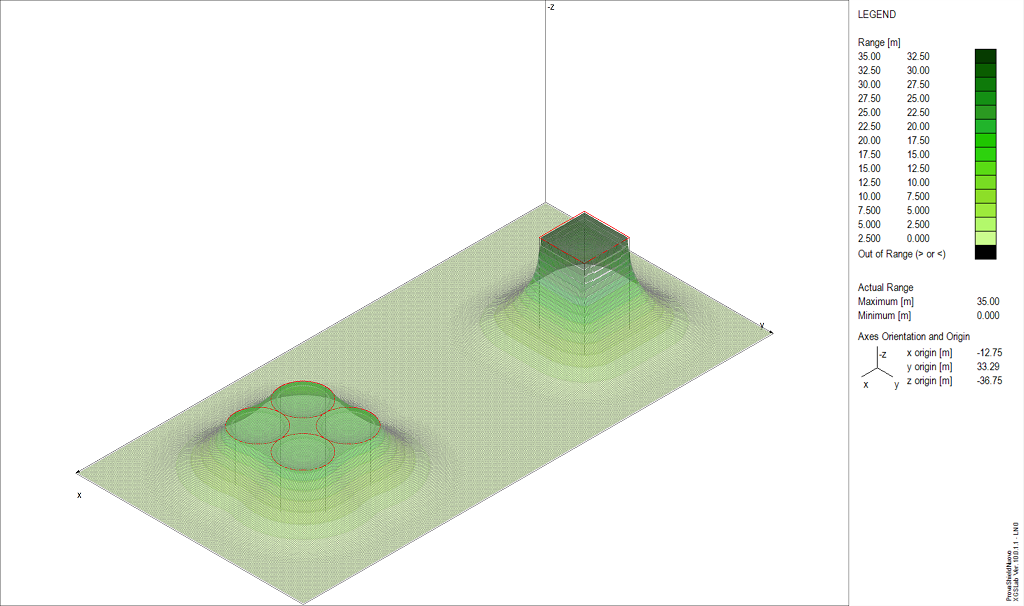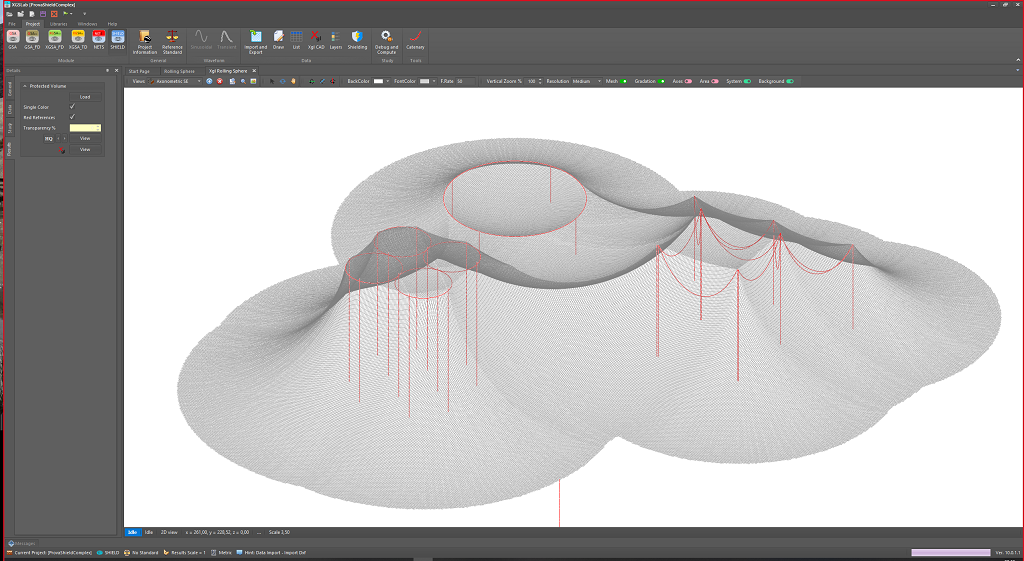XGSLab
Grounding and Electromagnetic Analysis Software

Let’s explore the features and offerings of XGSLab.
In XGSLab, there are different types of modules. All modules are combined into an “all-in-one” package that offers expert numerical and graphical output. Every method used in XGSLab has undergone testing and validation from several clients all around the world, and it is highly efficient in terms of computing speed.
A) MODULES BASED ON THE ELECTROMAGNETIC THEORY:

GSA (Grounding System Analysis)

GSA_FD (Grounding System Analysis in the Frequency Domain)

XGSA_FD (Over and Underground System Analysis in the Frequency Domain)
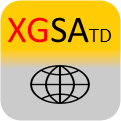
XGSA_TD (Over and Underground System Analysis in the Time Domain)
- GSA is frequently used for small and medium-sized plants, like substations, and can analyze underground systems at low frequencies.
- GSA comprises SRA and SA tools for multi-layer soil modeling, soil resistivity seasonal analysis, and soil resistivity analysis.
- GSA is highly regarded for its usability, user interface, and graphic output quality.
- GSA_FD is frequently used for medium and large systems sizes like substations, or wind plants, for cathodic protection, or calculations at high frequencies. It can be used for advanced analysis of underground systems in the frequency domain from DC to approximately 100 MHz.
- GSA_FD is frequently used for the assessment of interference between power cables and pipelines, but it may also be utilized for advanced electromagnetic interference analysis of subsurface systems in the frequency range from DC to about 100 MHz.
- GSA_FD comprises SRA and SA tools for multilayer soil modeling, soil resistivity seasonal analysis, and soil resistivity analysis.
- Where the equipotential condition of the electrode is unaccepted, GSA_FD is highly valued for its power and accuracy and is irreplaceable.
- A module in the frequency domain for analysis of above and below-ground systems is XGSA_FD. XGSA_FD is a module that extends the GSA_FD application field to the above-ground systems.
- XGSA_FD is frequently used to assess interference between power lines or cables and can be used for advanced electromagnetic interference and field analysis of above-ground and underground systems in the frequency domain from DC to approximately 100 MHz. The electromagnetic force acting on conductors can also be calculated using this module.
- XGSA_FD comprises SRA and SA tools for multilayer soil modeling, soil resistivity seasonal analysis, and soil resistivity analysis.
- For its strength and accuracy, XGSA_FD is highly regarded.
- The XGSA_TD is an extremely powerful module that enables you to extend the application field for XGSA_FD into a time domain.
- XGSA_TD is frequently used for the assessment of interference in transient conditions and can be utilized for advanced electromagnetic interference and field analysis of above-ground and underground systems in the time domain considering transients with a maximum bandwidth of up to about 100 MHz. The electromagnetic force acting on conductors can also be calculated using this module.
- XGSA_TD comprises SRA and SA tools for multilayer soil modeling, soil resistivity seasonal analysis, and soil resistivity analysis.
- Both universities and Industries employ XGSA_TD, which is widely regarded for its strength and precision.
- Modules GSA, GSA_FD, XGSA_FD, and XGSA_TD have a broad range of applications because they are based on the PEEC (Partial ElementEquivalent Circuit) technique, a powerful and flexible numerical method for general applications, a scientific method that is perfectly capable of being used in engineering.
B) MODULE BASED ON THE CIRCUIT THEORY AND ELECTRO-GEOMETRIC METHODS:
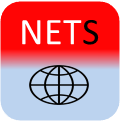
NETS (Network Solver)
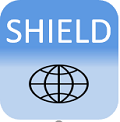
SHIELD (Lightning Shielding)
- NETS, considering all the neutral conductor and earth paths, is a very flexible tool that can be used to solve fully meshed multi-conductor and multi-phase networks.
- NETS is frequently used for the evaluation of current distribution in fault and steady-state conditions in cables and power lines, including the evaluation of current along screens, armors, and overhead earth wires. It can be used to analyze multi-conductor and multi-phase full-meshed networks, as well as those with multiple connections to the Earth.
- NETS is frequently employed for the split factor calculation in general conditions and can also be used for the evaluation of fault current distribution.
- NETS is commonly used to assess interference between power lines, cables, railways, and pipelines. It can also be used to analyze electromagnetic interference of above-ground and underground systems at power frequency.
- NETS is highly regarded for its strength, precision, and flexibility.
- The module SHIELD is based on a full 3D geometrical and graphical model and considers the most diffused Rolling Sphere and Eriksson Methods used for the lightning shielding design. Based on a numerical model that takes vertical direct lightning strokes into account, SHIELD is appropriate for structures up to 60 meters high.
- The Rolling Sphere Method is a universal method for shielding design and is especially advised for complex geometries.
- International (IEC 62305-3:2012), European (EN 62305-3:2012) and American (IEEE Std 998-2012) Standards are considered by SHIELD, but many other Standards (NFPA, AS …) are also considered by the Rolling Sphere Method.
- SHIELD is highly regarded for its strength, precision, and flexibility.
Check out XGSLab’s YouTube channel for Tutorials ->
XGSLab™
SCIENCE FOR ENGINEERING
THE STATE OF THE ART OF THE
ELECTROMAGNETIC SIMULATION FOR
POWER SYSTEMS, GROUNDING,
INTERFERENCE AND LIGHTNING
